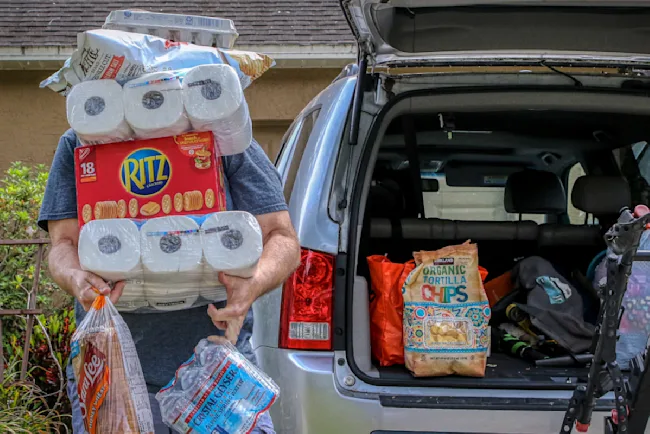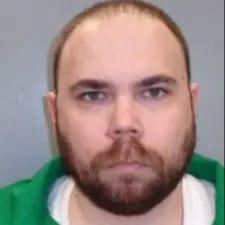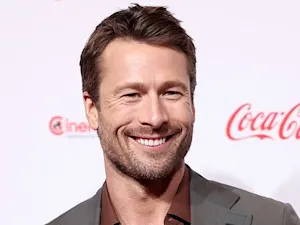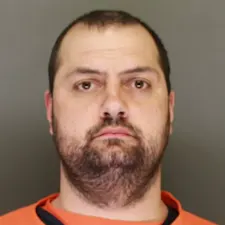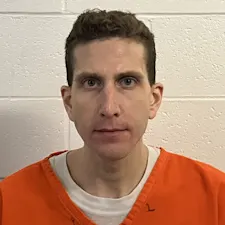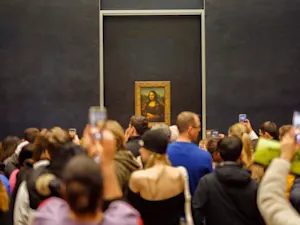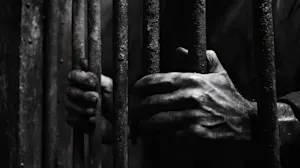
Charles Manson's Twisted Family and Their Hollywood Killing Spree
The story of Charles Manson and his so-called "family" of followers is perhaps one of the darkest chapters in modern American history. In the late 1960s, Manson led a group of impressionable young people into a cult-like community that would ultimately carry out some of the most infamous murders in California.
Who Was Charles Manson?
Born in 1934, Charles Manson had a troubled childhood and a life shaped by frequent incarceration. Raised by a young, alcoholic mother, he spent much of his youth in reform schools and juvenile detention centers. In and out of prison by his teens, he found himself institutionalized where he developed skills in manipulation and charm — traits he would later use to gain followers.
When Manson was released from prison in 1967, he joined the counterculture scene in San Francisco. He soon attracted a following of young people, primarily women, who saw in him a leader with a powerful message about the future. Moving from San Francisco to Los Angeles, he and his followers, known as the Manson Family, settled at the Spahn Ranch, where Manson exercised near-total control over their lives.
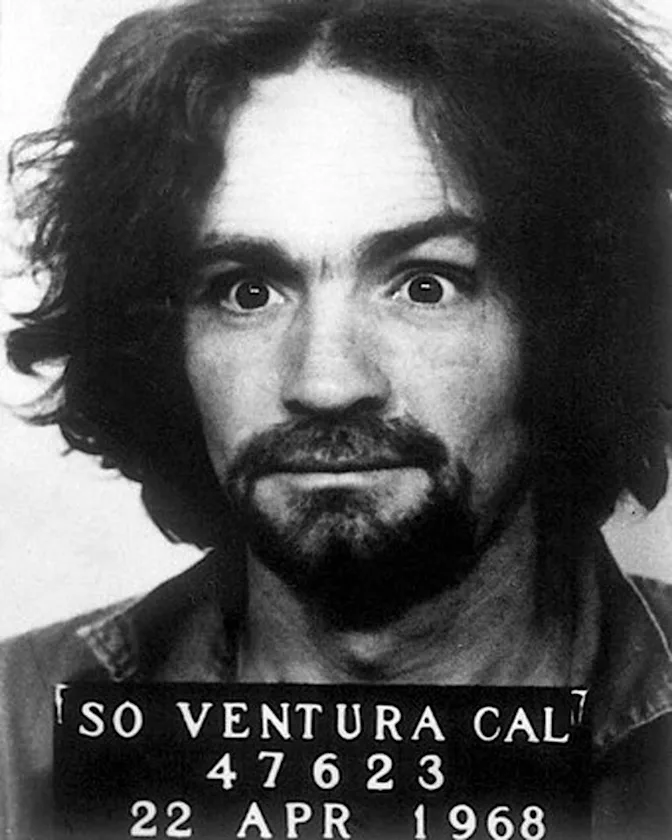 Mugshot of Charles Manson, April 22, 1968. Photo courtesy of California Department of Corrections and Rehabilitation. Public domain.
Mugshot of Charles Manson, April 22, 1968. Photo courtesy of California Department of Corrections and Rehabilitation. Public domain.
The Formation of the Manson Family Cult
Fueled by Manson's magnetic personality and the revolutionary spirit of the 1960s, the Manson Family took shape. The group lived communally, rejecting traditional values and experimenting with drugs like LSD and magic mushrooms. Manson preached an apocalyptic ideology that mixed elements of race, anarchy, and mysticism. He prophesied an impending race war, which he called "Helter Skelter," inspired by the Beatles song of the same name. Manson convinced his followers that they were destined to survive this war and rule a new world order.
As his influence grew, Manson began demanding complete obedience from his followers. Many of them, believing he was a messianic figure, eagerly obeyed his every command. The Family members were expected to renounce their former identities, give up personal belongings, and live under Manson's strict rule. With his followers now completely under his control, Manson prepared them to carry out his violent vision.
The Murders: Hollywood Under Siege
In August 1969, Manson directed several Family members to carry out brutal murders intended to incite the race war he had prophesied. On the night of Aug. 8, Manson sent three of his loyal followers, Tex Watson, Susan Atkins, and Patricia Krenwinkel, to a home in Beverly Hills, where actress Sharon Tate and her friends were staying. Manson chose the location due to its connection to music producer Terry Melcher, who had previously rejected Manson's musical ambitions. Sharon Tate, who was eight months pregnant, along with her friends Jay Sebring, Abigail Folger, and Wojciech Frykowski, fell victim to the Family's horrifying attack.
 Photo of actress Sharon Tate from the 1967 film "Valley of the Dolls". Photo courtesy of 20th Century-Fox, restored by Adam Cuerden. Public domain.
Photo of actress Sharon Tate from the 1967 film "Valley of the Dolls". Photo courtesy of 20th Century-Fox, restored by Adam Cuerden. Public domain.
The killers acted with unspeakable cruelty, leaving messages written in blood at the crime scene. The murders didn't stop there. The following night, Manson himself led Family members to another home, where Leno and Rosemary LaBianca were murdered in a similarly gruesome fashion. These murders, seemingly random and without personal motive, left Los Angeles in a state of terror.
Arrest, Trial, and Manson's Influence on the Family
Initially, law enforcement was unaware of the Family's involvement in the two murderous tragedies. However, the arrest of Family member Susan Atkins on unrelated charges led to a confession that exposed Manson and his followers as the perpetrators. In 1970, Manson, Atkins, Krenwinkel, and other Family members were put on trial. Manson did not physically participate in the murders, but the prosecutor argued that his psychological control over the Family made him equally responsible.
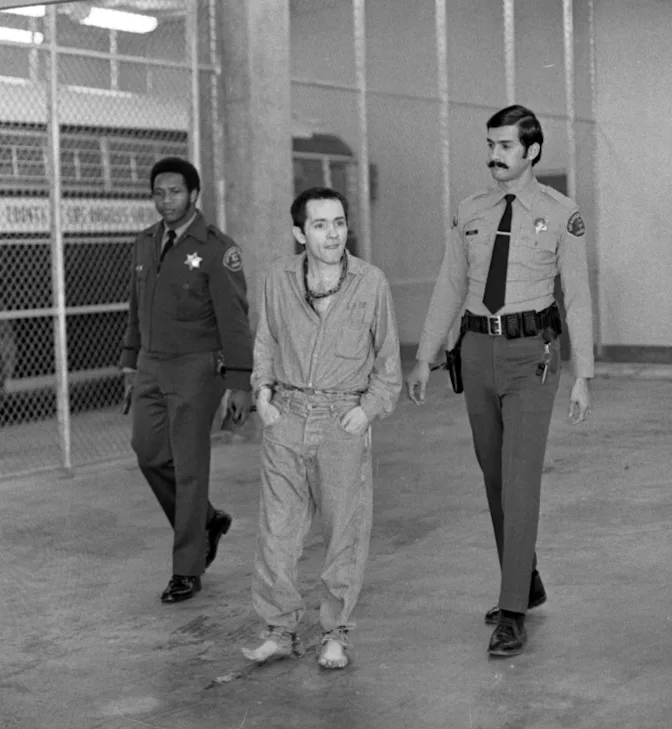 Charles Manson leaving courtroom where he appeared as a witness on behalf of Catherine (Gypsy) Share, February 27, 1973. Photo by Fitzgerald Whitney and courtesy of UCLA Library Digital Collections under CC BY 4.0.
Charles Manson leaving courtroom where he appeared as a witness on behalf of Catherine (Gypsy) Share, February 27, 1973. Photo by Fitzgerald Whitney and courtesy of UCLA Library Digital Collections under CC BY 4.0.
The trial captured public attention due to Manson's bizarre behavior, his X-shaped forehead carving (later turned into a swastika), and the eerie loyalty displayed by his followers. The Manson Family members laughed and made faces in court, showing little remorse. Manson was sentenced to death, but this was later commuted to life in prison after California overturned the death penalty. Atkins and Krenwinkel also received death sentences, which were similarly commuted to life imprisonment.
The Lasting Impact of the Manson Murders
The Manson Family's crimes were a defining moment in American culture, symbolizing the end of the 1960s era of peace and free love. Manson's ability to manipulate others into committing horrific acts exposed the dangers lurking within cults, psychological manipulation, and extreme ideologies. His story is a reminder of how vulnerable young people, seeking meaning and belonging, can be led down dark paths by a charismatic but dangerous leader.
Charles Manson died in prison in 2017, but his story continues to haunt America, a symbol of how the quest for power and influence can take a tragic turn. The Manson Family murders have since become a notorious part of Hollywood's dark history.
References: Charles Manson | What You Need to Know About the Manson Family Murders | Charles Manson Quotes



